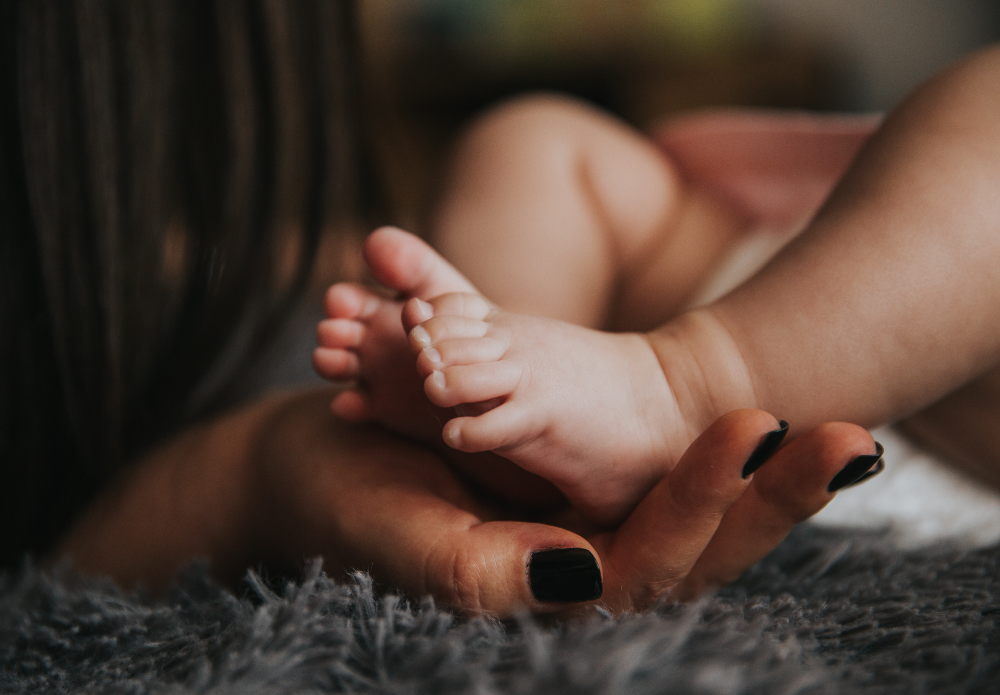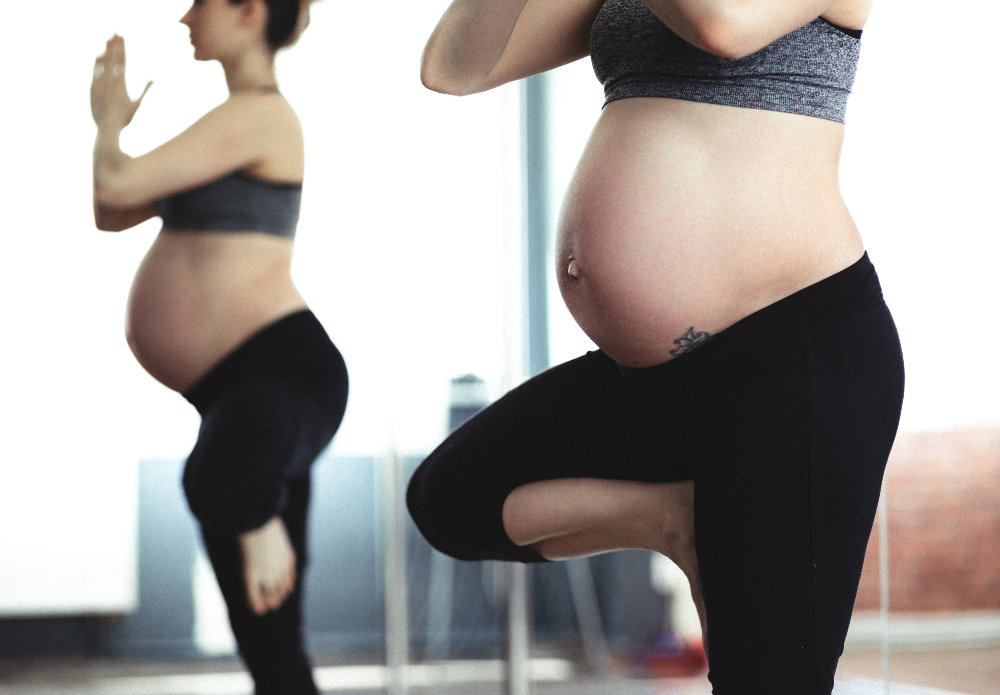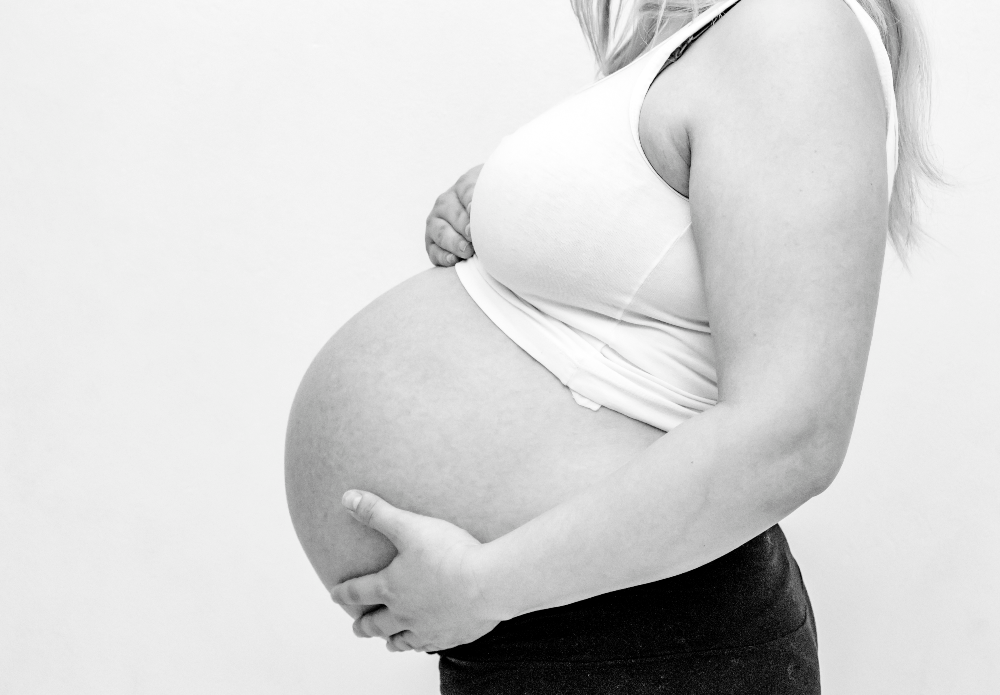Postpartum bodies are different for everyone. It can be a painful blow to a mother’s self-esteem when months after she’s given birth, her tummy still looks pregnant. However, there is a high probability that it is Diastasis Recti (DR). Given that July is International Diastasis Recti Awareness month, here’s a list of facts you should know about the post-baby abdominal condition.
Special thanks to Ms Luo Yingying, 38, founder of Oooosh Fitness and a pregnancy and postnatal exercise specialist.
1. It’s not just excess skin or fat.
Diastasis Recti is the separation of the rectus abdominis (your 6-pack abs) at the connective tissue (linea alba) along the midline of the abdominals by a width of 2 fingers more. The thinning of the linea alba is the response to a mother’s change in hormone levels in order to accommodate the enlarging uterus.
As a result, postpartum, the consequences of that is a belly pooch or bulge.
The core (and pelvic floor) weakness leads to a lack of strength and stability, affecting your posture. Other symptoms include lower back pain, constipation and bloating.
2. It’s a common phenomenon.
Almost 1 in 2 women experience DR postpartum and almost all pregnant women will have some degree of DR in their third trimester. “This is natural and healthy, as the woman’s body stretches to make room for the growing baby”, says Ms Luo.
Having more than one child increases the chance of DR happening, especially if they’re close in age. The likelihood of getting it also increases if you’re over 35 when pregnant, or if you’re expecting a heavy baby, twins, triplets, or more.
3. DR does not only affect pregnant and postpartum women.

DR can affect newborn babies as well, but it usually goes away on its own. Men can get it too, possibly from yo-yo dieting, doing sit-ups, weightlifting using incorrect techniques, or from other causes.
4. Complications might arise if DR is not treated.
Aesthetics aside, some women live with pain (pelvic or lower back) due to a weakness in their core muscles. Some may also experience pelvic floor dysfunction that usually presents itself as a weak pelvic floor, urinary incontinence, pelvic floor pain or pelvic organ prolapse.
5. DR can be prevented.
Ms Luo advises that during the pregnancy, set aside some time daily to practise core breathing, activating the core and pelvic floor. Pay attention to your posture that may change or shift as the pregnancy progresses and keep it to a minimum. Be mindful of movements (e.g. activating the core) that cause ‘belly doming’ and keep it at a minimum. Use the log roll maneuver when getting out of bed or up from the couch or floor.
When you have awareness and know how to activate your core and pelvic floor muscles properly, it will be easier to help your core return to its healthy foundation than to fix its dysfunction postnatally.
6. There are many forms of treatment available for DR.

It is worthwhile to pay a visit to a women’s health physiotherapist for a comprehensive abdominal wall and pelvic floor assessment. The physiotherapist will be able to provide feedback and guidelines for recovery.
You can also choose to train with a personal trainer who specialises in pregnancy and postnatal exercise. He/She will have the knowledge and experience to guide you through your postpartum and DR recovery.
7. Not all ab exercises will burn the baby bump.
Ms Luo notes that sit-ups and crunches done without abdominal control by postpartum moms can add unnecessary abdominal pressure and worsen the DR. Rather than how safe an exercise is, it is about how much abdominal control a postpartum mom has to perform the exercise without doming occuring.
She recommends doing core breathing (diaphragmatic breathing) exercises and engaging the transverse abdominis (deepest layer of abdominal wall) and pelvic floor.
8. Do be aware of the following when exercising with a diastasis:
2. Any sensation of burning, pulling, or widening of your abdominal muscles down your midline
3. Any loss of continence
If the exercise causes doming, modifications to the exercise or a stop all together may be needed until you are strong or have better abdominal control.
Leaking from your front or back passages (pee or poo) is common but treatable. Some might also experience pelvic floor muscle dysfunction including incontinence during or after exercise. We recommend that you seek the care of a specialist who can evaluate and treat your bladder muscles and colon if this is occurring.
Do seek your physician’s or physical therapist’s care should unexpected pain occur during an exercise with a diastasis.
9. It is easy to perform a self-test for DR.
Lay on your back with your feet flat on the floor and knees bent, as if you are about to perform a crunch. Curl your head up off the floor so your rectus or “six-pack” muscles are engaged and feel along the indent down the centre of your stomach. That’s the linea alba, the tissue that was stretched when you were pregnant. Start at the belly button and feel just above and below in a vertical line. If your fingers can press down, you may have ab separation.













